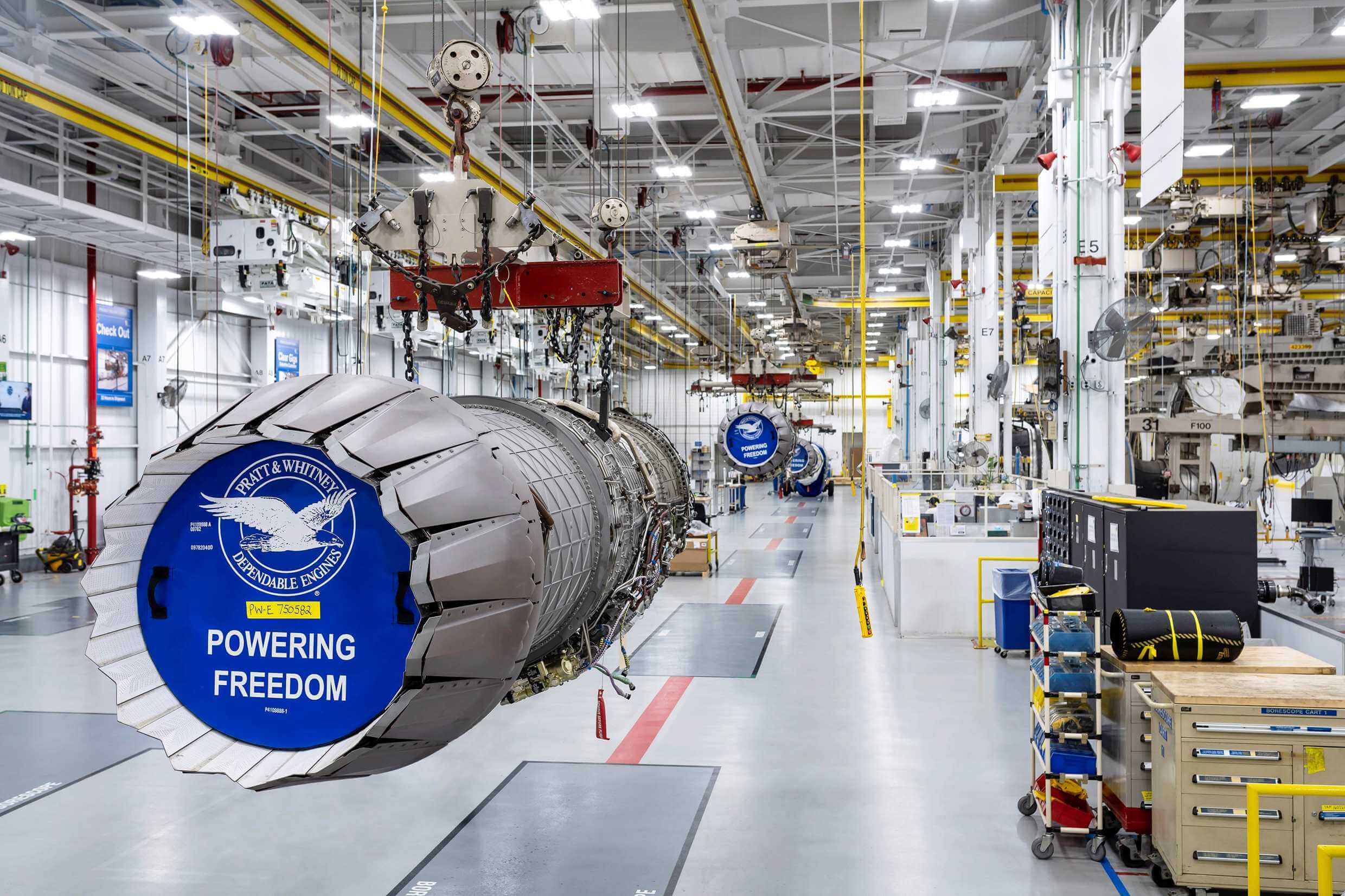After several hesitations, the Pentagon has decided that the three versions of the F-35 Lightning II will not incorporate a new engine. The Pratt & Whitney F135 had shown several weaknesses, forcing the U.S. Armed Forces to launch the AETP program to get a new engine. The cancellation of the AETP program will see the F-35 Block 4 integrate a Pratt & Whitney enhanced F135.
The F135 will be upgraded
This March 10 at the Pentagon, during the US Air Force (USAF) budget proposal briefing, USAF Secretary Frank Kendall announced the discontinuation of the Adaptive Engine Technology Program (AETP): "We needed something that was affordable, and would support all the variants." This program was to replace the F135 engines on all three variants of the F-35A/B/C Lightning II fighter. Two companies were in the running on this program launched in 2016:
- General Electric Aerospace with its XA100 engine
- Pratt & Whitney with its XA101 engine
Generally speaking, these two engines would have then allowed a 30% saving in kerosene consumption, an increase in thrust of more than 10% compared to the F135 engine currently installed on the F-35s, but also better engine cooling. While this solution seemed technically interesting, it was much less so structurally: the new engines integrate three air flows to improve the engine's capabilities. As a result of this innovation, these adaptive engines have a slightly larger diameter than the F135 engines. If they could easily fit into the structure of an F-35A, more difficult in an F-35C, the task seemed complex if not impossible for the F-35B, where space was very limited (without having to deeply modify the aircraft). General Electric had announced developments to integrate its XA100 more easily into the F-35B, but Pratt Whitney had made it clear that its XA101 could not finally be integrated into the B version of the Lightning II.
The sums invested by the two industrialists are not totally lost, since they have made it clear that they are now turning their engines to the USAF's future sixth-generation fighter aircraft (Next Generation Air Dominance platform, NGAP). Moreover, the decision is not final: Congress could force the USAF to reverse this decision.
A problematic engine
This announcement is positive for Pratt & Whitney because it means that all F135 engines will not be "replaced" but upgraded, via the Engine Core Upgrade (ECU) program, thus ruling out General Electric from the Lightning II re-engining. The upgraded F135 should allow for an increase in engine power and cooling capabilities, and should be installed on the F-35 Block 4 (features still classified). Still, this engine is at the root of many of the F-35's problems.
There are already the many direct and indirect problems regarding maintenance. For example, engine maintenance facilities in the United States do not have the capacity to keep up with the flow of aircraft needing maintenance. A GAO report (GAO-22-105995, p. 14) clearly showed that in January 2020, 2 F-35s were without operational engines, eventually increasing to 36 by February 2022, with a trend of 30 to 40 aircraft in the same case between July 2021 and February 2022. The supply chain is also at fault because it does not seem to be well enough adapted, spare parts are unreliable,... and the GAO also focused its attention on the fact that the number of operational spare engines was starting to decrease sharply (GAO-22-105995, p. 17-18). As a result, by September 2021, the average maintenance time for an F-35 was 131 days, down from the original estimate of 30 days (GAO-22-105995, p. 9). More information from the GAO is available in this article summarizing the F-35's problems (nearly $42,000/flying hour) but also the costs of other U.S. Armed Forces aircraft in this article.
The engine is also unlucky: on August 19, a Defense Department regulatory agency had identified Chinese-origin alloy on parts of the F135 engine. With a few exceptions, the Defense Federal Acquisition Regulations Supplement prohibits the purchase of materials and components from several countries, including China. As a result, F-35 production had been temporarily paused (article on the subject). Unlucky also in view of its capabilities compared to aircraft it is to replace. For example, the F-35 is meant to retire the venerable A-10 Thunderbolt IIs, but the F-35's underpowered engine means that it is not as stable at low speeds on close-air-support missions at low altitudes, compared to the A-10. However, this does not stop the Pentagon from proposing the end of the Thunderbolt II again. This decision is all the more surprising given that the Thunderbolt II recently completed an overall upgrade in offensive capabilities (details in this article) and the recently launched wing replacement program already had 3 aircraft retrofitted by October 2022 (article).
Découvrez cet article sur Air&Cosmos

